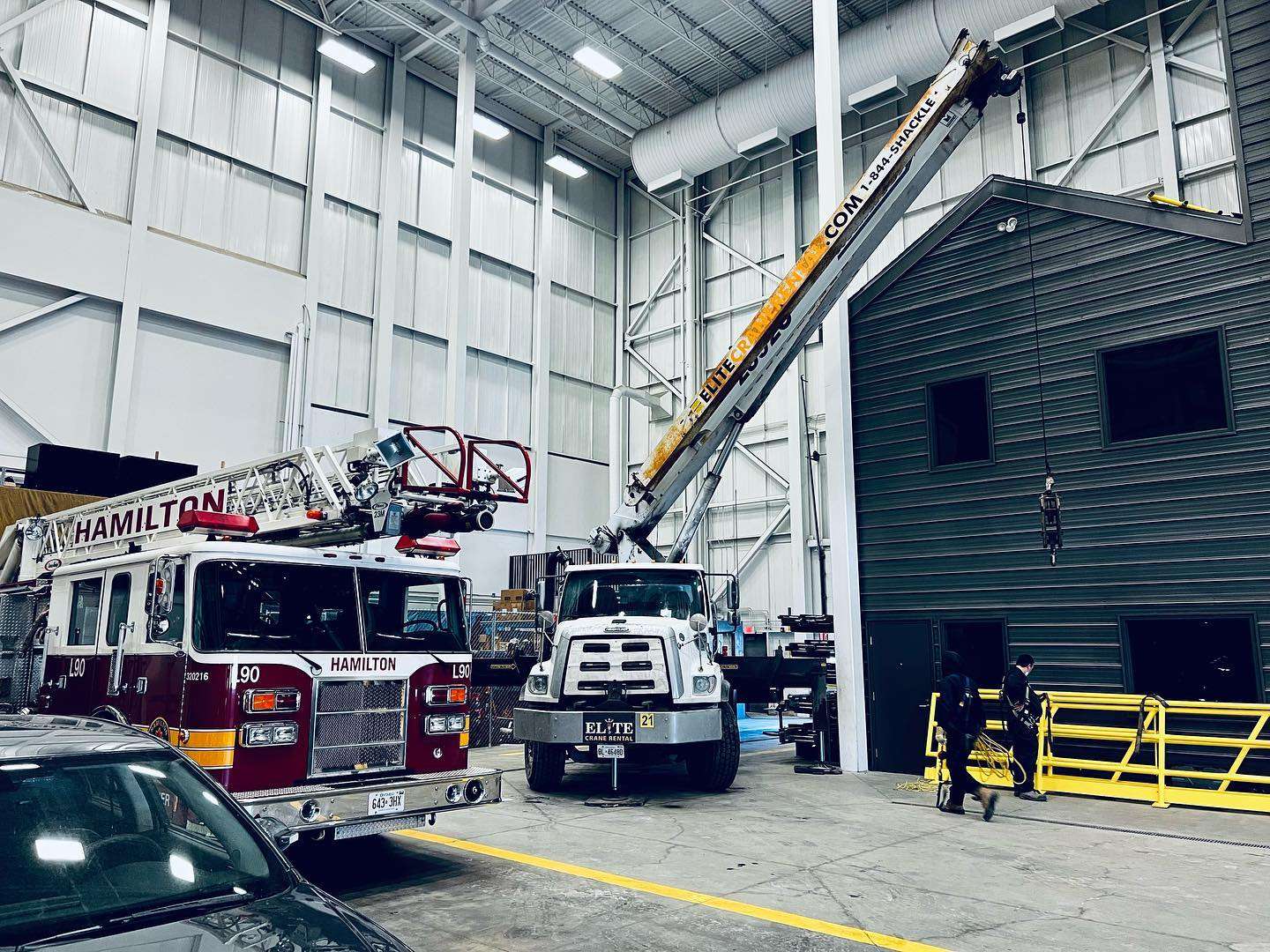In the digital age, where information is at the fingertips, ensuring menu accessibility for all users is paramount. A user-friendly menu not only enhances the overall experience but also promotes inclusivity. Let’s delve into the details of how we can achieve this and the significance it holds.
I. Introduction
Accessibility in the context of menus refers to making them usable for everyone, regardless of their abilities or disabilities. It goes beyond visual design, incorporating elements that cater to diverse needs. Make a menu, that is a visually catchy menu and use it via both platforms like in digital sharing or printable menus.
Definition of Menu Accessibility
Menu accessibility involves creating designs and functionalities that accommodate users with various abilities. This includes considerations for those with visual, auditory, motor, and cognitive impairments.
II. Importance of Accessibility
In a world that values diversity, inclusive design is not just a trend but a necessity.
Inclusive Design
Inclusive design focuses on creating products and experiences that are accessible to the widest possible audience. When applied to menu accessibility, it ensures that everyone, regardless of their abilities, can navigate and use digital menus seamlessly.
Impact on User Experience
An accessible menu positively influences the user experience. Users with disabilities can engage with the content effortlessly, leading to increased satisfaction and engagement.
III. Types of Menu Accessibility
To create truly accessible menus, it’s crucial to understand and address different types of accessibility requirements.
Visual Accessibility
Considering users with visual impairments, menus should provide alternative text for images and have a clear, high-contrast design.
Keyboard Accessibility
Some users rely on keyboards for navigation. Ensuring that all menu options are reachable and operable using a keyboard is essential for an accessible design.
Voice and Speech Recognition
Incorporating voice commands allows users with limited mobility or those who prefer hands-free interaction to navigate menus effortlessly.
IV. Making Menus Accessible
Now, let’s explore practical steps to make menus accessible to all users.
Use of Descriptive Text
Accompanying images with descriptive text ensures that users with visual impairments can comprehend the content.
Keyboard Navigation Tips
Designing menus with clear focus indicators and logical tab order facilitates seamless navigation for keyboard users.
Voice Commands Integration
Integrating voice commands expands accessibility, enabling users to interact with menus using speech recognition technology.
V. Benefits of Accessible Menus
The advantages of investing in accessible menus extend beyond compliance.
Increased User Engagement
An accessible menu invites a broader audience, leading to increased user engagement and interaction.
Positive Brand Image
Prioritizing accessibility reflects positively on a brand, showcasing a commitment to inclusivity and user satisfaction.
VI. Common Challenges
Despite the importance of menu accessibility, certain challenges persist.
Lack of Awareness
Many businesses and designers are unaware of the importance of menu accessibility and the impact it can have on user engagement.
Limited Resources
Small businesses or startups may face resource constraints when trying to implement comprehensive accessibility measures.
VII. Solutions and Best Practices
Overcoming challenges requires a strategic approach and commitment to best practices.
Training and Awareness Programs
Educating designers, developers, and businesses about accessibility is crucial. Training programs can bridge the knowledge gap.
Collaboration with Accessibility Experts
Seeking guidance from accessibility experts ensures that menus adhere to the latest standards and best practices.
Regular Audits and Updates
Conducting regular accessibility audits and implementing updates guarantee that menus remain inclusive and aligned with evolving standards.
VIII. Real-life Experiences
Let’s explore real-life experiences, both successes and challenges, in implementing accessible menus.
Success Stories
Highlighting instances where businesses successfully implemented accessible menus and reaped the benefits.
Challenges Faced and Overcome
Examining challenges faced by organizations in ensuring menu accessibility and the strategies employed to overcome them.
IX. The Role of Technology
Innovations in technology play a pivotal role in advancing menu accessibility.
Innovations in Accessibility Technology
Exploring the latest technologies that contribute to making menus more accessible, such as screen readers and AI-driven solutions.
Future Trends
Anticipating future trends in menu accessibility technology and how they can further enhance user experiences.
FAQs
How can businesses benefit from making their menus accessible?
Making menus accessible expands the customer base, leading to increased engagement and a positive brand image.
What are the common challenges in implementing menu accessibility?
Challenges include a lack of awareness and limited resources, particularly for smaller businesses.
Why is inclusive design important for menu accessibility?
Inclusive design ensures that menus are usable by the widest possible audience, regardless of their abilities.
What technologies contribute to menu accessibility?
Technologies such as screen readers and AI-driven solutions play a vital role in enhancing menu accessibility.
How often should businesses conduct accessibility audits for their menus?
Regular audits are essential to ensure menus remain inclusive and aligned with evolving accessibility standards.
Can accessible menus positively impact a brand’s image?
Yes, prioritizing accessibility reflects positively on a brand, showcasing a commitment to inclusivity and user satisfaction.
Conclusion
Ensuring menu accessibility is not just a legal requirement but a fundamental aspect of creating a positive user experience. By embracing inclusive design, leveraging technology, and overcoming challenges, businesses can make significant strides in making their menus accessible to all users.
Read You Might Like:









